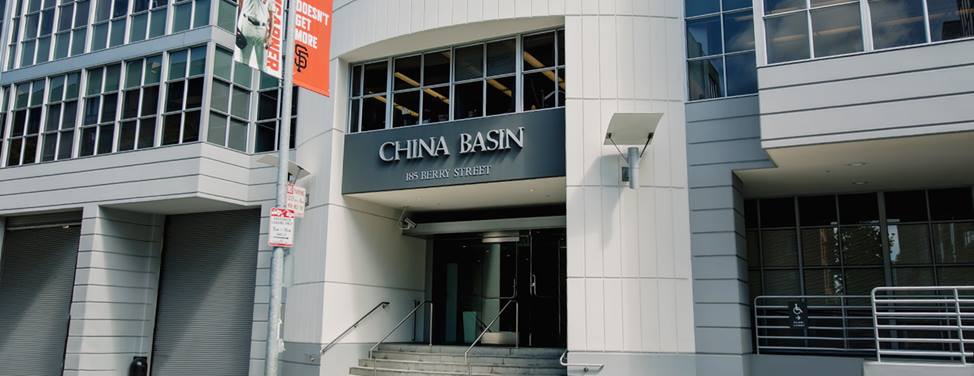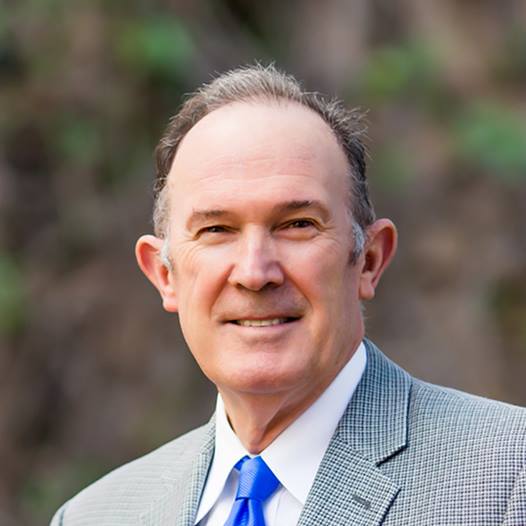Recent advances in imaging technology now allow neuroradiologists to more accurately pinpoint the source of patients' back or neck pain, resulting in a more effective and prolonged response to treatment. UCSF is one of the few medical centers in California to offer the latest generation of CT technology, the 64-slice CT scanner. This technology allows neuroradiologists to inject medication adjacent to nerves, within joint spaces or around the spinal canal with greater precision.

CT-Guided Spinal Injections
During spinal intervention procedures, the 64-slice CT scanner may be used in combination with other diagnostic imaging techniques available at UCSF, including MRI and myelography. Our three-dimensional imaging procedure provides neuroradiologists with the best images available for viewing your spine’s anatomy, and our MRI imaging techniques allow direct visualization of inflamed nerves.
Our radiologists have pioneered low-radiation techniques for spinal procedures using CT, which result in radiation doses that are similar or less than those from conventional X-ray fluoroscopy guidance.
Who May Benefit
CT-guided spine injection procedures may be particularly beneficial to patients who:
- Have a history of spinal surgery with instrumentation, such as screws or rods, or bone grafts that may obscure or distort spinal anatomy
- Have significant osteoarthritis or soft tissue abnormalities that may hinder fluoroscopy (real time X-ray) techniques intended to visualize spinal joints, nerve roots and other spinal structures
- Have spinal stenosis, in which the areas for injection are reduced in size and therefore require great precision
Advantages
CT-guided spinal injections offer several advantages compared to the technique most commonly used to guide back and neck pain injections, called X-ray fluoroscopy.
- Neuroradiologists are able to inject small amounts of medication into the targeted area with unparalleled precision and safety.
- During the injection procedure you will undergo high-resolution, cross-sectional diagnostic CT, which may reveal other sources of pain or disease in adjacent discs or facets that weren't recognized on routine scans.
- Neuroradiologists are able to more accurately visualize spinal anatomy — bones, nerves, joints, discs, soft tissues and surgical instrumentation — that can't be seen using X-ray-based fluoroscopy.
Procedure
Real time, three-dimensional CT guidance is used during procedures to precisely guide needle placement and the delivery of the pain medication to the appropriate location. This improves our patients' chances of a successful diagnosis and treatment.
The procedure for a single injection typically takes less than 30 minutes. Depending on the number of injection sites and the complexity of the treatments, however, the procedure may take as little as 15 minutes or as long as one to two hours.
Recovery
You will be given discharge instructions of what to expect after the procedure. For more information, please call our Precision Spine Center nurse at (415) 353-3717. Our nurses are available to assist you before, during and after the procedure.
Risks
As with any procedure that uses radiation, there are small risks. However, our neuroradiologists use every available technique to minimize your radiation exposure while achieving the best outcome possible.
The new 64-slice scanner, unlike earlier models, quickly records and processes images. Its enhanced speed allows your neuroradiologist to remain in the procedure room as images process and, as needed, to quickly redirect the course of the needle path using three-dimensional imaging.
By using low-dose scanning and reconstruction methods, procedure time can be reduced by as much as 75 percent while achieving radiation doses typical of the usual two-dimensional X-ray imaging techniques. The combination of CT and advanced, low-dose technique results in a more effective and safer procedure.
UCSF Health medical specialists have reviewed this information. It is for educational purposes only and is not intended to replace the advice of your doctor or other health care provider. We encourage you to discuss any questions or concerns you may have with your provider.











